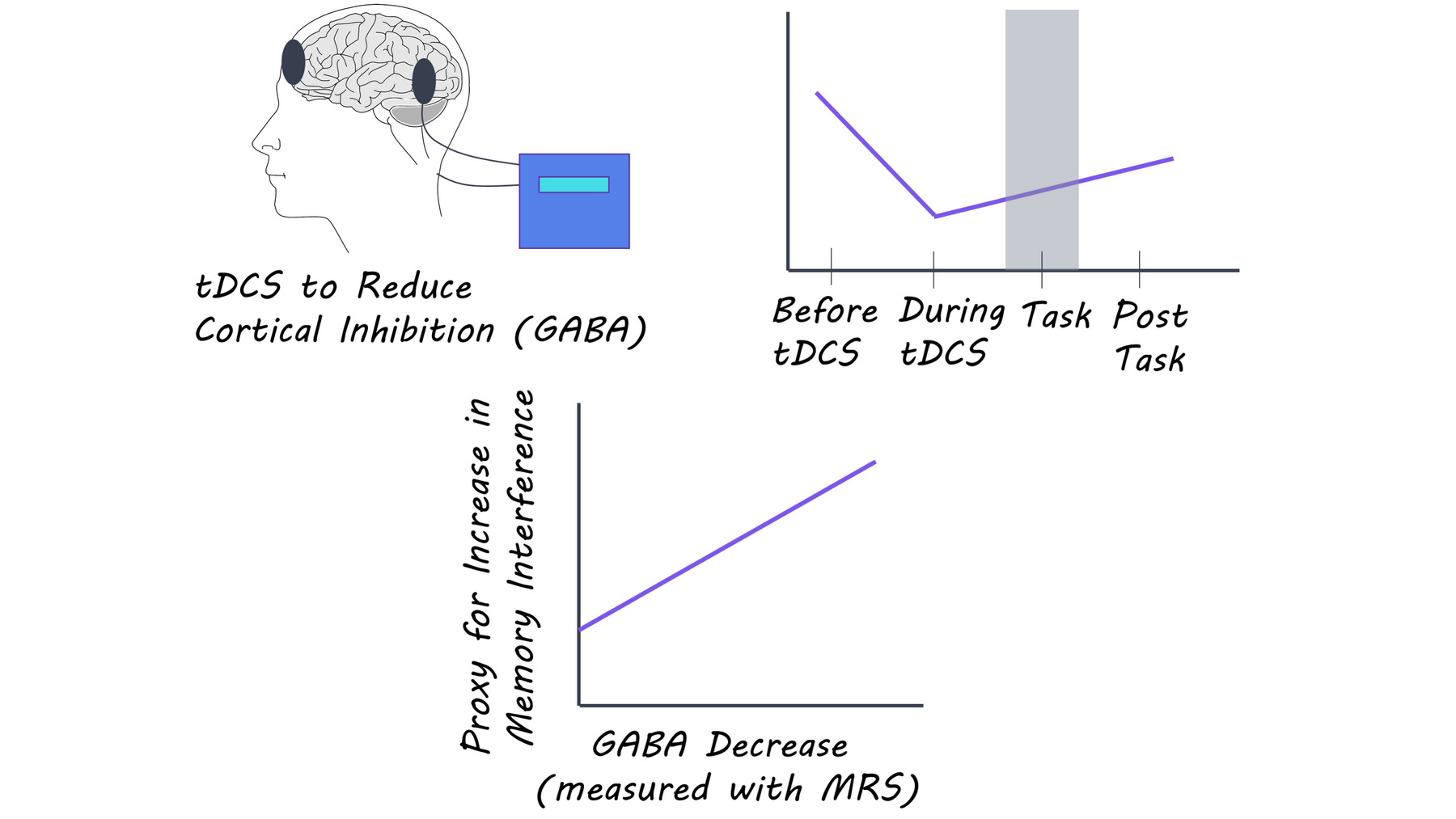Two Mechanisms for Minimizing Memory Interference
Post by Sarah Hill
What's the science?
Experiences that occur throughout an individual's life are often similar or overlapping in content. In order to prevent interference between closely-related memories and maintain memory accuracy, the brain is believed to separate information about similar experiences during memory storage. How this occurs is poorly understood, though previous research suggests that overlapping memories are separated by the hippocampus, and stored in the cortex as new excitatory connections are counterbalanced by inhibitory connections. This week in Neuron, Koolschijn and colleagues reveal evidence for this hypothesis, outlining both a hippocampal and cortical process that function to protect against memory interference.
How did they do it?
Ninety-one healthy individuals were recruited and asked to participate in an associative learning task over three days. On day 1, participants learned a set of seven specific associations between various stimuli through a three-alternative forced choice task. On day 2, participants were taught four new associations (while the other three remained the same) using the same stimuli in a similar task. Blue or yellow backgrounds were placed behind the stimuli as contextual cues for each set of associations. The two training days were designed to result in the formation of two distinct memories that share common stimuli, but differ in relational structure. On day 3, the authors carried out functional magnetic resonance imaging (fMRI) using high-field 7T MRI to measure participants' brain activity levels in response to stimuli pairs from day 1 or day 2. After recording baseline response levels, participants underwent transcranial direct current stimulation (tDCS), with the goal of decreasing cortical inhibition. This decrease in cortical inhibition was assessed using magnetic resonance spectroscopy, which measures the concentration of GABA, the primary inhibitory neurotransmitter in the brain. Another fMRI imaging session was then completed to test the role of cortical inhibition in preventing memory interference. Finally, subjects underwent a surprise forced choice task that included 'foil trials' (trials in which stimuli from both days were simultaneously presented, but with different contexts — a blue or yellow background from day 1 or day 2) and foil errors were used as a behavioral measure of memory interference.
What did they find?
First, the authors investigated the function of the hippocampus in minimizing memory interference. They found that activity levels in the hippocampus increased when participants were presented with stimuli pairs that differed in relational structure between days 1 and 2, suggesting a hippocampal role in precluding memory interference. They also observed a positive correlation between hippocampal activity levels and percentage of foil errors in the final forced choice task, suggesting that hippocampal activity levels predict behavioral measures of memory interference. Finally, additional analyses of hippocampal activity patterns revealed that stimulus-associated memories were more representationally similar within training days rather than between, implying that information from both memories was separated according to contextual cue. The representational dissimilarity was highest in cases where stimuli formed competing associations across day 1 and day 2, indicating that contextual representations of stimuli present in more than one memory are further separated in the hippocampus based on relational information.
Next, the authors examined how cortical inhibition mitigates memory interference, observing that reductions in cortical GABA as a result of tDCS (signifying a drop in cortical inhibition) predicted increased neural memory interference (defined as the inappropriate representational activation of a paired stimulus from the alternative memory). Increased neural memory interference, in turn, positively predicted the percentage of foil errors made during the final forced choice task (indicating the occurrence of memory interference), while negatively predicting memory accuracy. Taken together, these findings suggest that while associative memories are initially stored in the cortex as newly-formed excitatory connections, counterbalancing by cortical inhibitory connections is needed for stable memory storage and accurate recollection.
What's the impact?
This is the first study to show that overlapping memories are separated by two distinct mechanisms. In the hippocampus, memories are separated using relational information, and in cortex memories are protected from memory interference by cortical inhibition. Given that imbalance between cortical excitation and inhibition is believed to underlie many neurological and psychiatric conditions, the mechanisms put forward in this paper may help to explain the memory deficits observed in conditions such as schizophrenia and dementia.
Koolschijn et al. The Hippocampus and Neocortical Inhibitory Engrams Protect against Memory Interference. Neuron (2019). Access the original scientific publication here.


